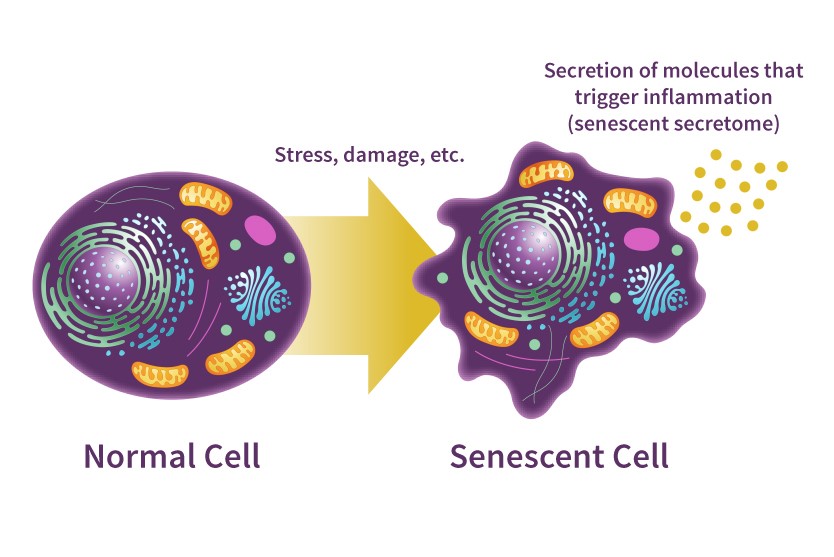Development
Development
PET Imaging of Senescence
Disease, injury, and other stress factors harm cells throughout our bodies. Ideally, damaged cells will be removed by our immune systems. However, the effects of ageing and of cancer treatments such as chemotherapy or radiotherapy, can lead to a build up of damaged cells described as being senescent. Senescent cells stop multiplying but don’t die off when they should. They instead remain and continue to release chemicals that can trigger inflammation.
Accumulation of senescent cells has been shown in recent years as a driver of most, if not all age-associated conditions. Drugs that selectively kill senescent cells (senolytics) emerged as novel therapeutic modalities for a wide range of age-associated diseases in pre-clinical studies, and first generation senolytics are now in about a dozen clinical trials.
Reference: https://www.nia.nih.gov/news/does-cellular-senescence-hold-secrets-healthier-aging
One specific characteristic of senescent cells is the enzyme, Beta-galactosidase. This provides the opportunity to develop imaging markers of senescence. In particular, we are interested in evaluating 18F-PyGal as a PET imaging biomarker for senescent cells.
We aim to generate pre-clinical proof-of-concept that [18F]PyGal PET imaging may be used as biomarker of senescent cell load in clinically relevant settings. In particular, for models of ageing and for cancer treatment involving radiotherapy or chemotherapy. Successful outcome of the project would be the translation of [18F]PyGal PET imaging of senescence load into clinical settings such as diagnosis of pathologic conditions associated with senescent cells, monitoring the effects of radiotherapies, and assessment of the efficacy of senolytics.
Newcastle team: Satomi Miwa, Ed Fielder, Stephen Hobson, Ross Maxwell, James Knight, Saimir Luli

